Nuclear waste treatment
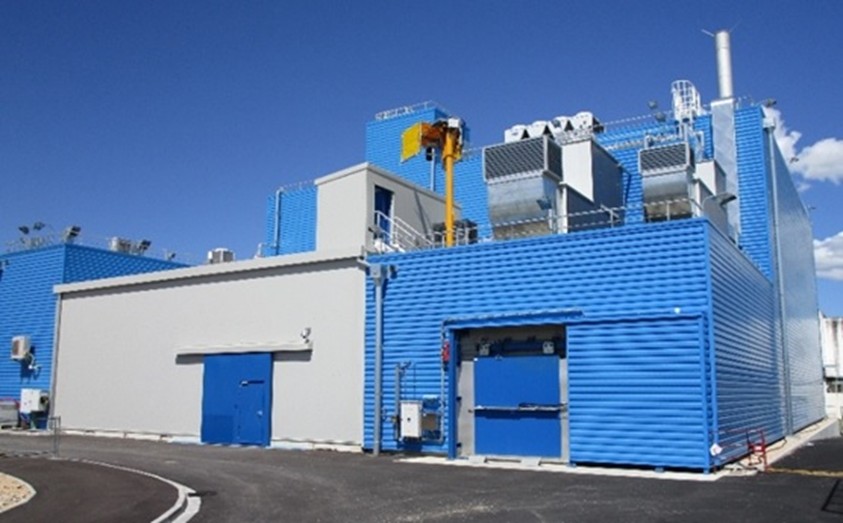
Feasibility Study for the conditioning of active sludges
Weight measurement unit project for park P04
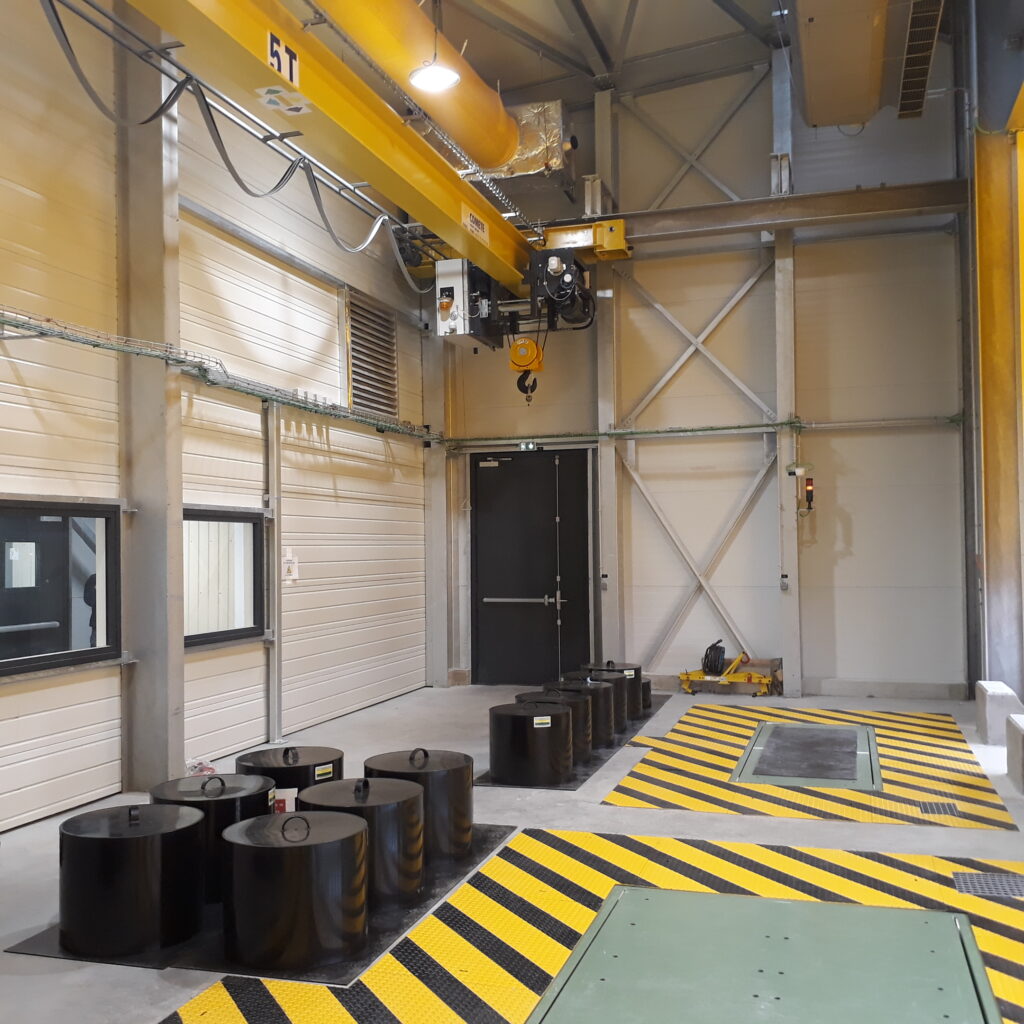
Safety features (earthquake, tornado, etc.) for weighing uranium cylinders produced at the Tricastin site
TEAM Project
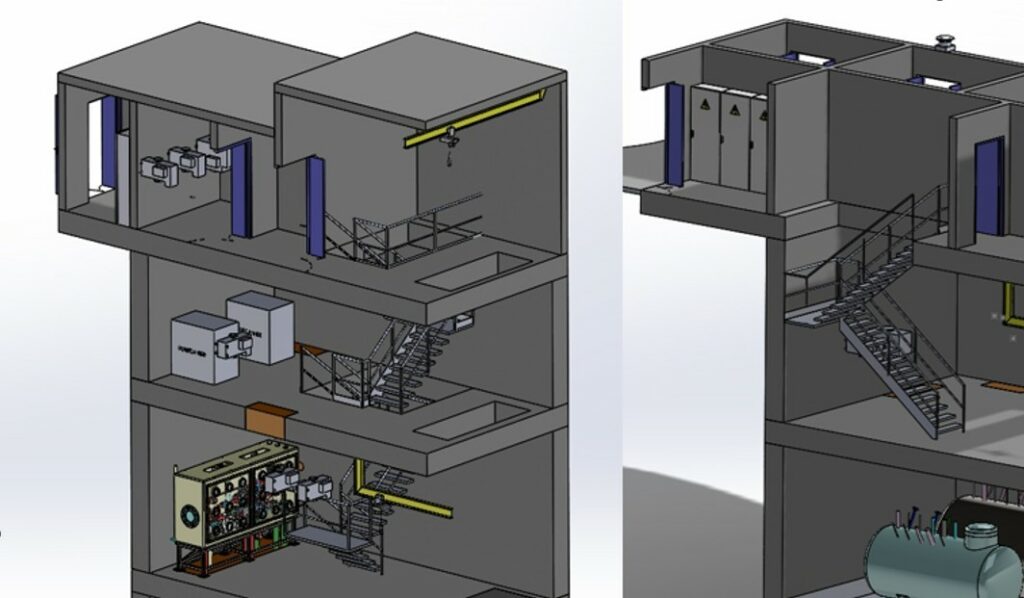
Construction of an upstream effluent collection station, a downstream reception station at STEL, and a transfer line.
Penly EPR2 Project
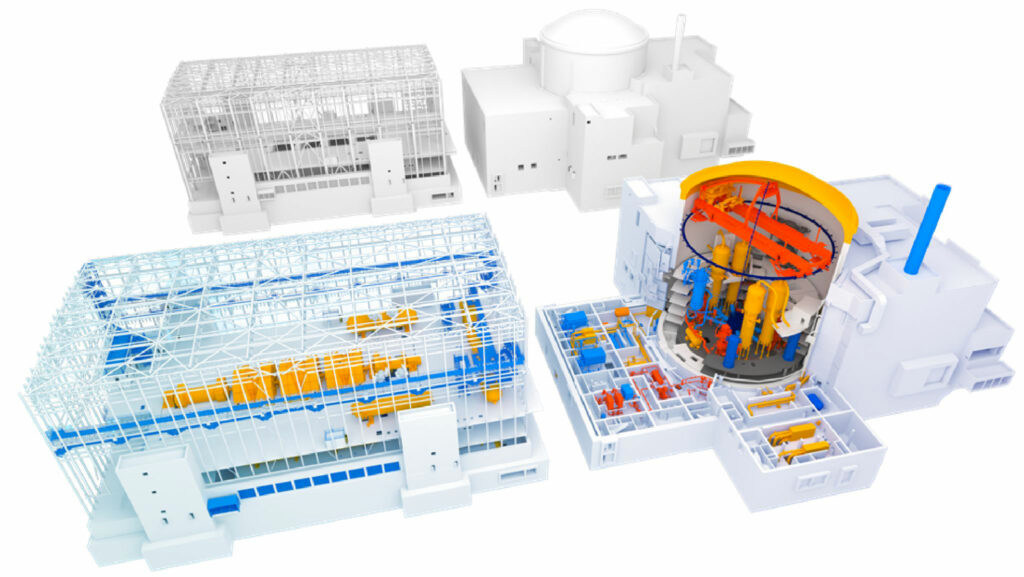
Low-carbon electricity
Dismantling of nuclear facilities at the Marcoule site
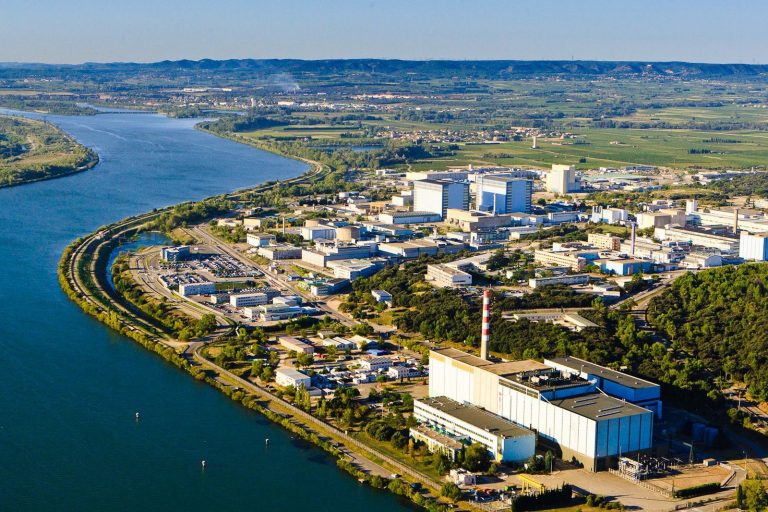
Technical assistance for the decommissioning of three workshops at the Marcoule site
Solar energy projects for the University of Toronto
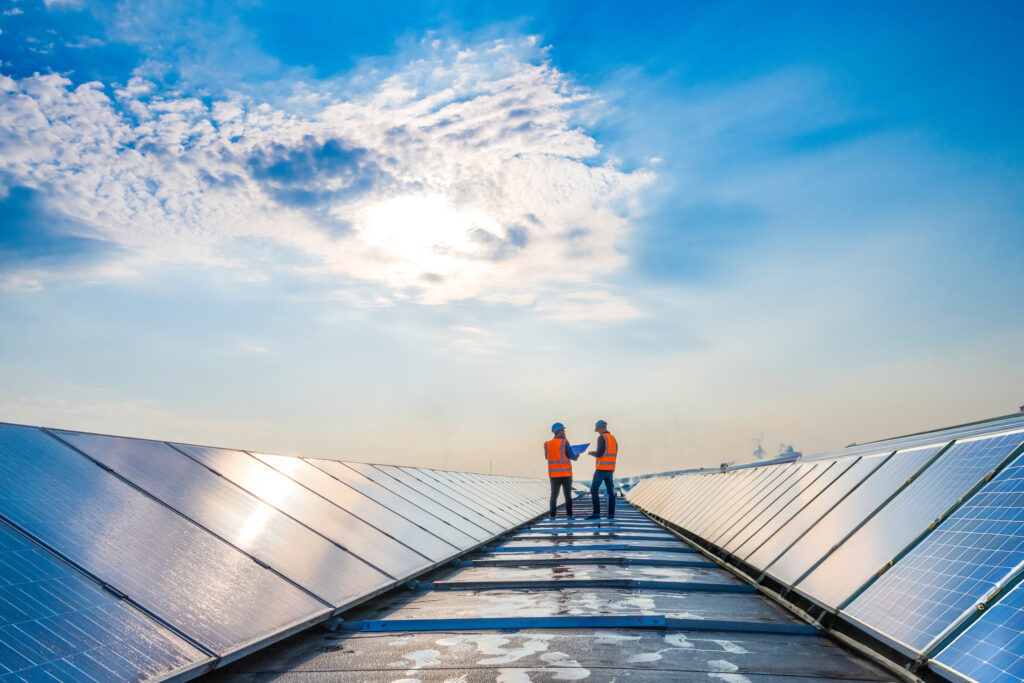
The university commissioned us to determine the carbon offset system that would enable them to achieve a positive carbon target.
New 230kV/115kV substations at Pickle Lake
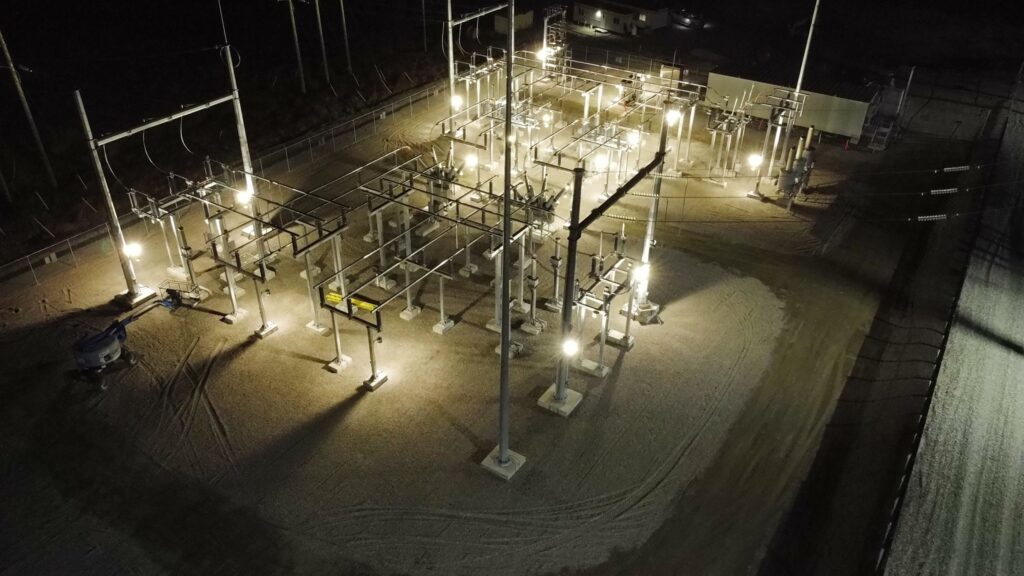
New reliable and sustainable installations brings electricity to Ontario’s Aboriginal communities
Decarbonizing the industry
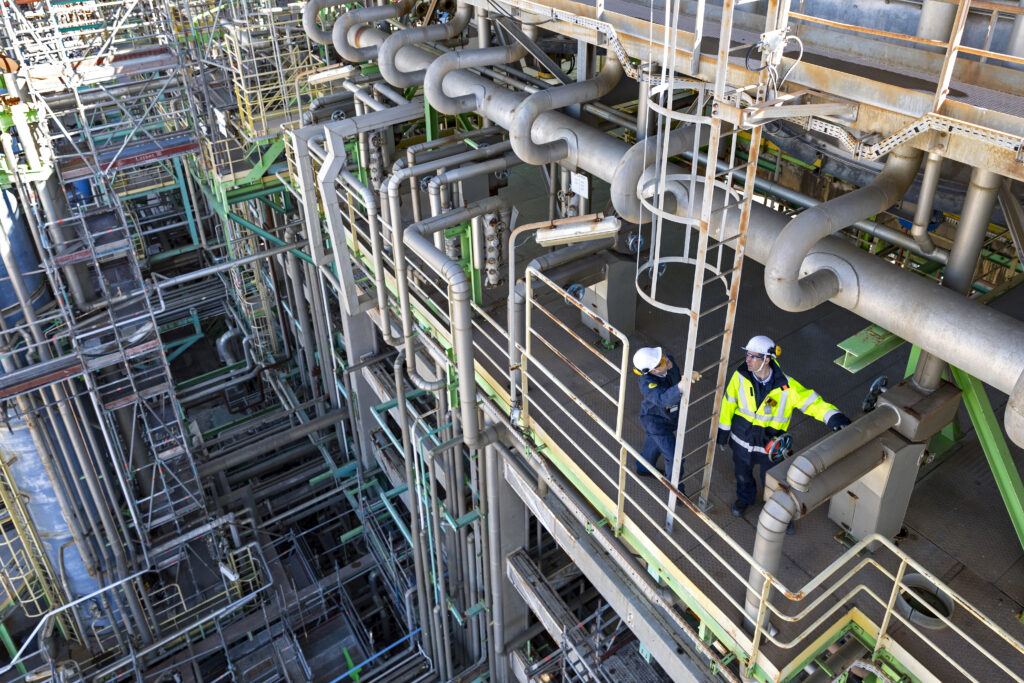
The demand for goods, equipment, and energy has increased in line with the growth of the global population and the aspiration of most populations to have a high level of comfort and service. This demand is met by an industrialized and globalized production system that heavily relies on hydrocarbons and coal. As a major contributor to greenhouse gas (GHG) emissions, the industry is targeted by policies aimed at reducing carbon footprint caused by human activities. The industry faces a dual challenge: decarbonizing its production processes and transitioning manufacturing towards low-carbon products capable of contributing to the overall GHG emissions reduction.
Romain Allais, one of Artelia’s specialists in industrial decarbonization, presents the several levers currently being activated or considered to drive this change.
Between traffic growth and environmental imperatives, what transformations for airports?
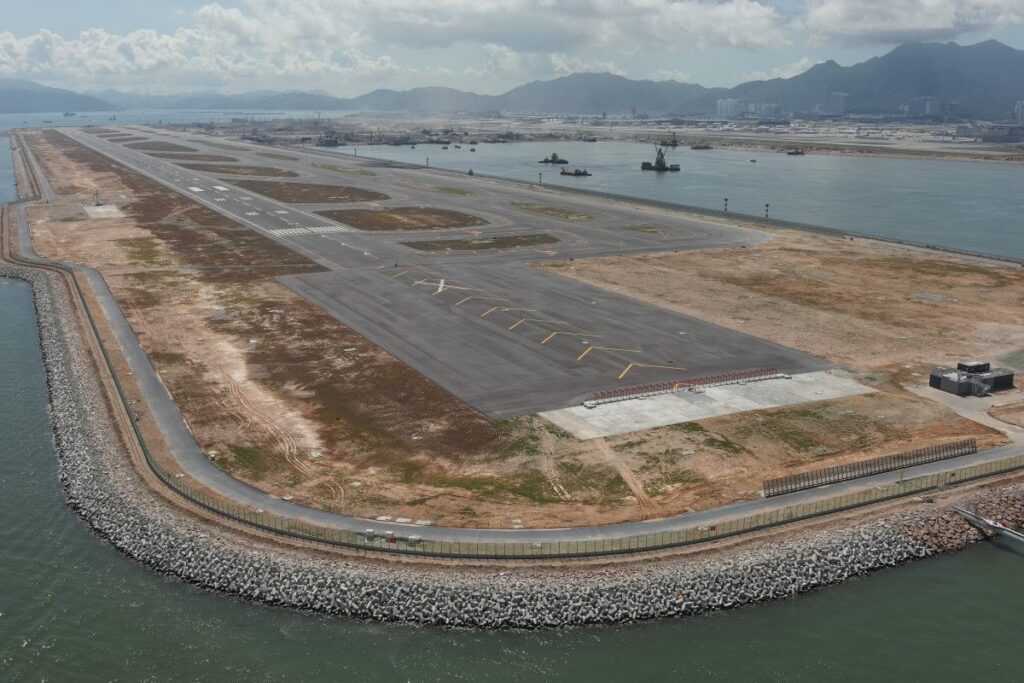
Connecting continents and ensuring rapid domestic connections: these are the main advantages of air transport. In the current context of climate and environmental change, however, this mode of transport is being criticized for its greenhouse gas (GHG) emissions, its elitist nature and the recreational dimension of some of its flights: pressures that are prompting it to undergo major transformations. As an essential land-based infrastructure, airports are at the heart of this transformation, which some of them have been engaged in for several years. Claire Mazelet and Didier Wellenreiter, two of Artelia’s airport experts, provide an overview of current issues and achievements.
Floating wind platform demonstrator

A modular and flexible platform to harness energy from the ocean

